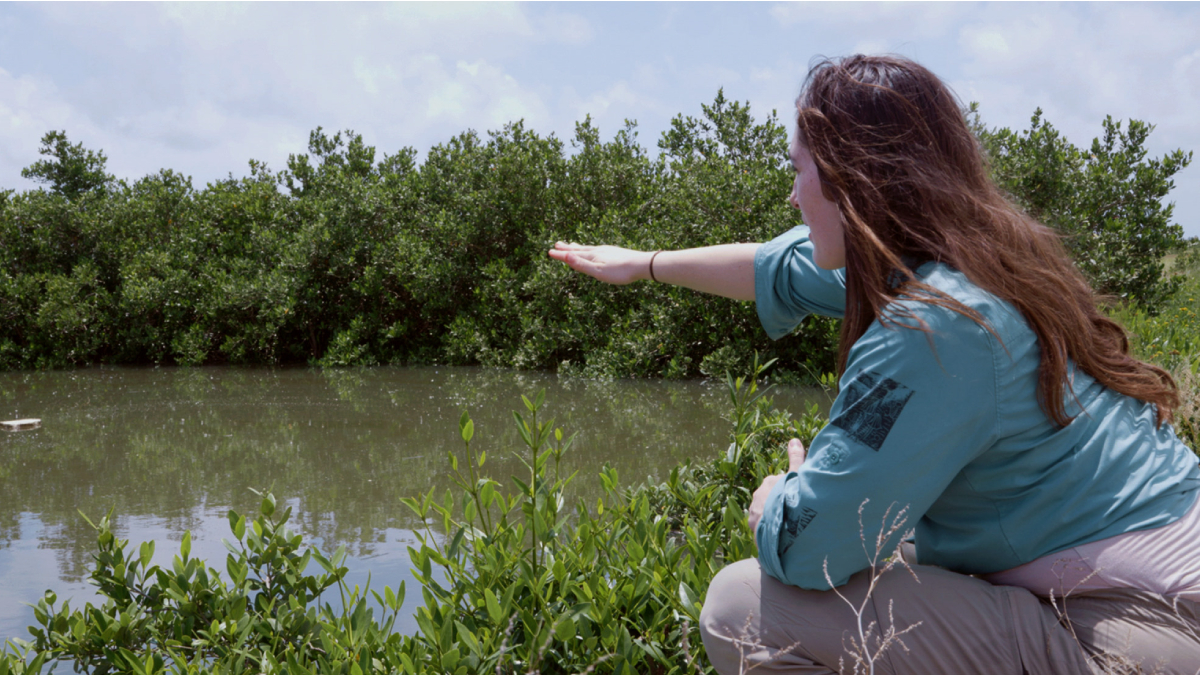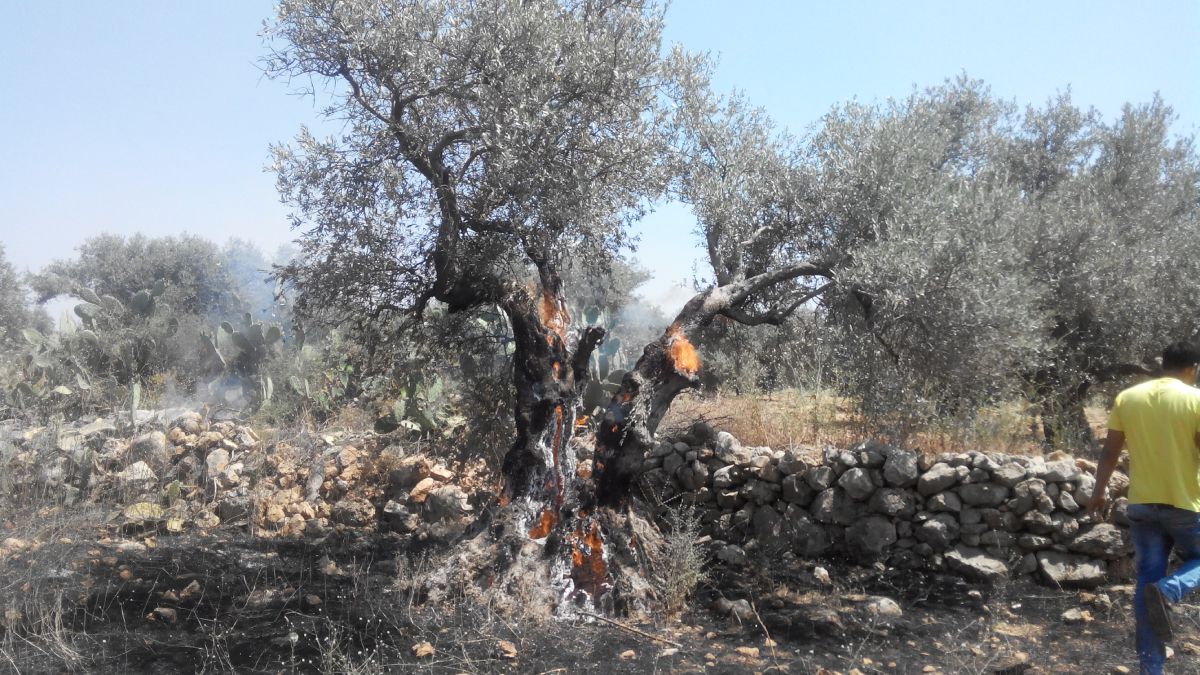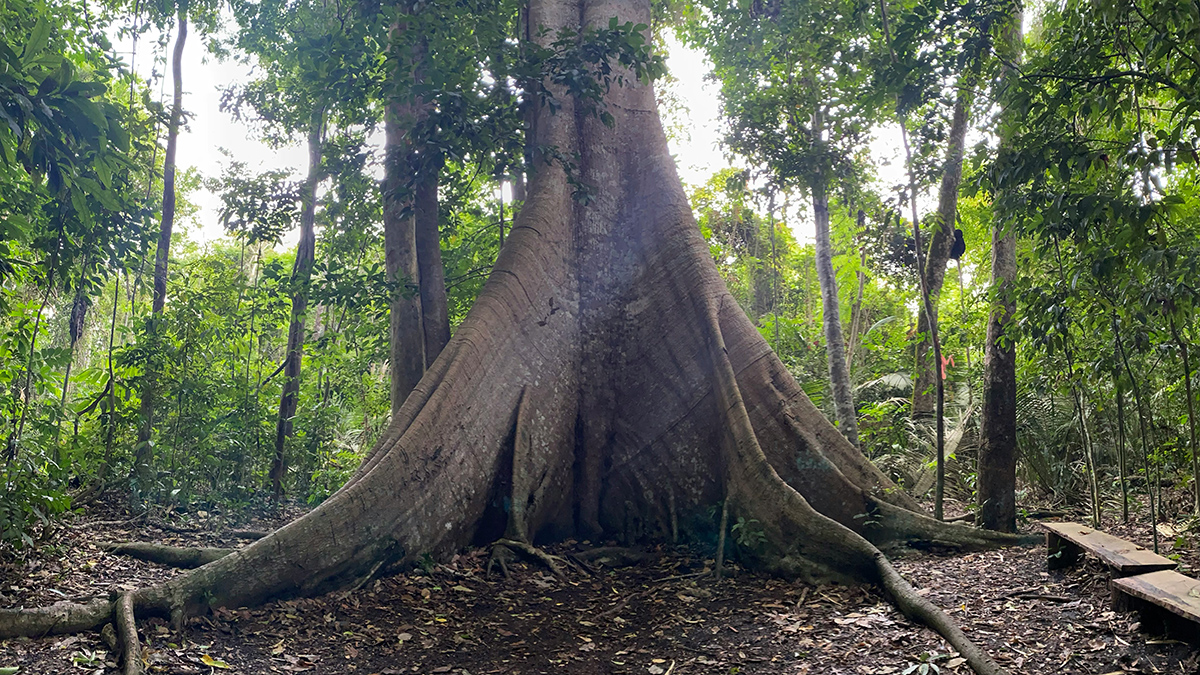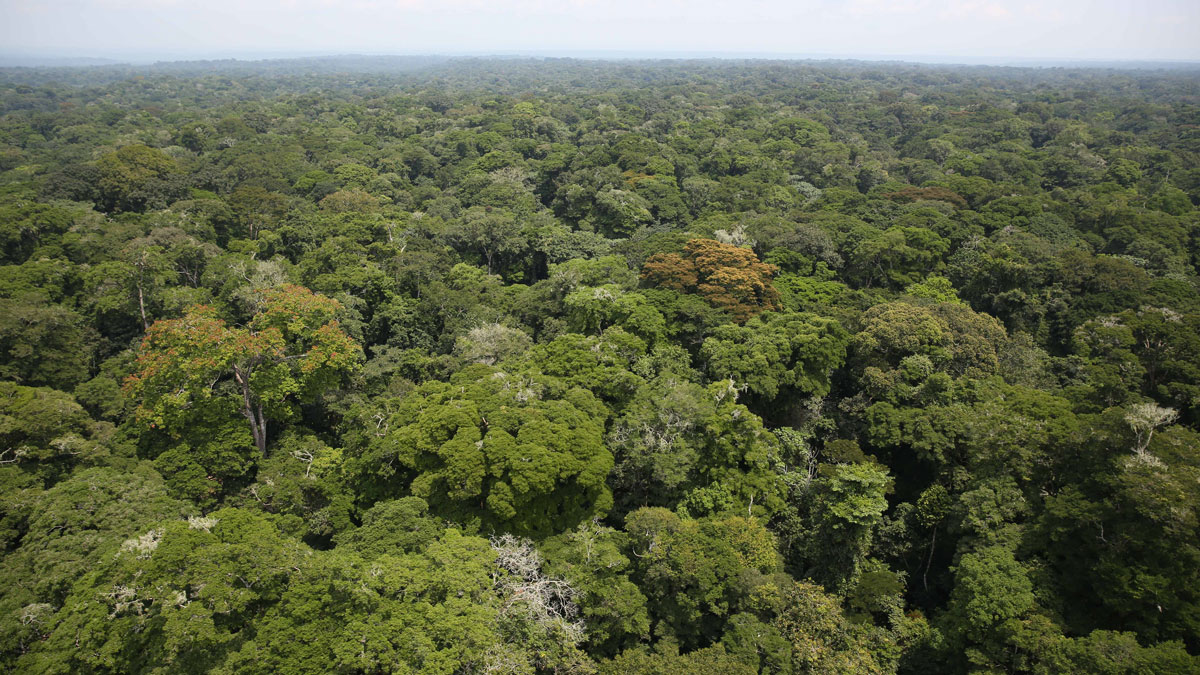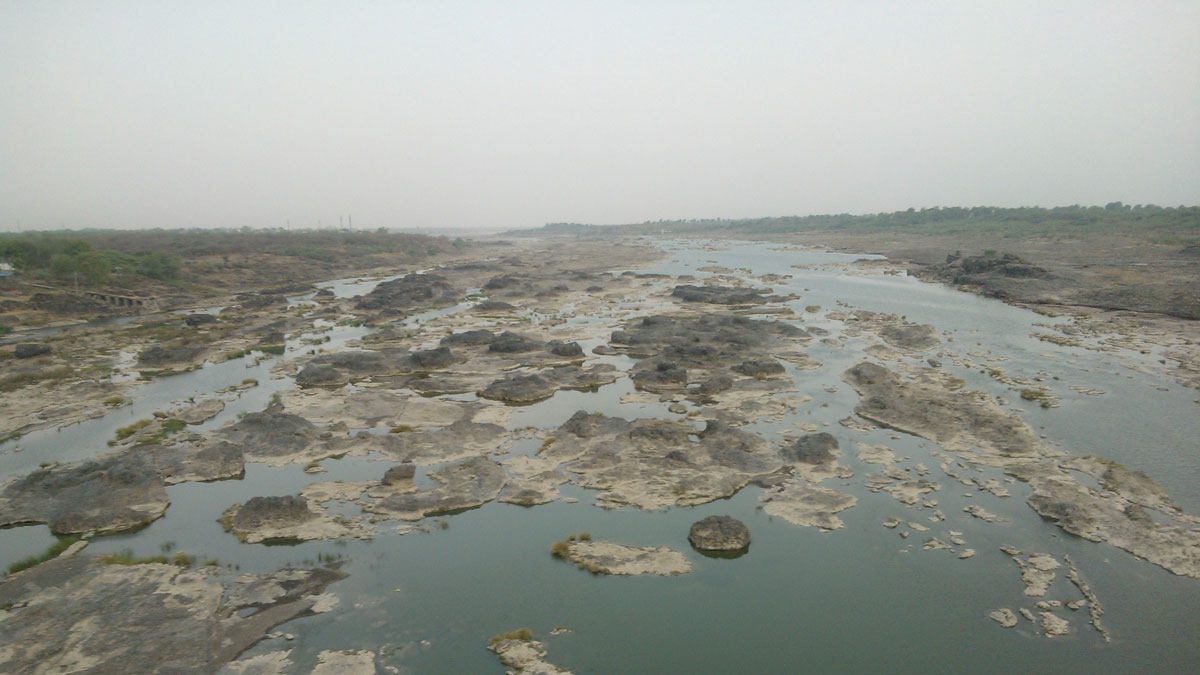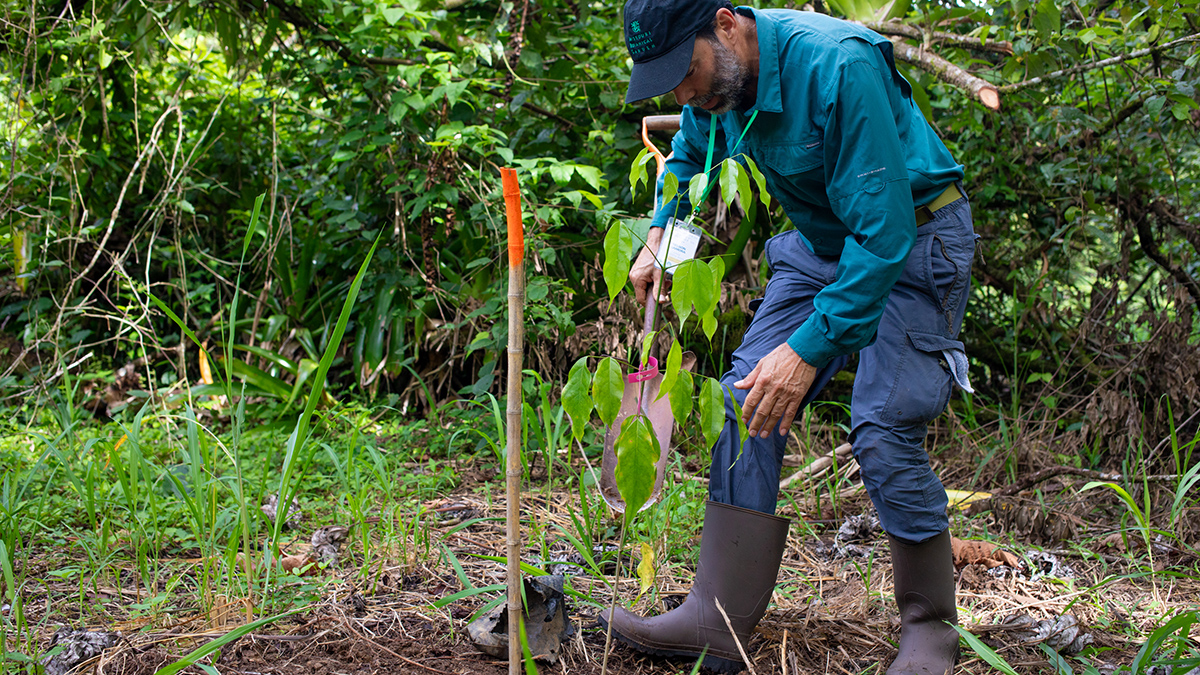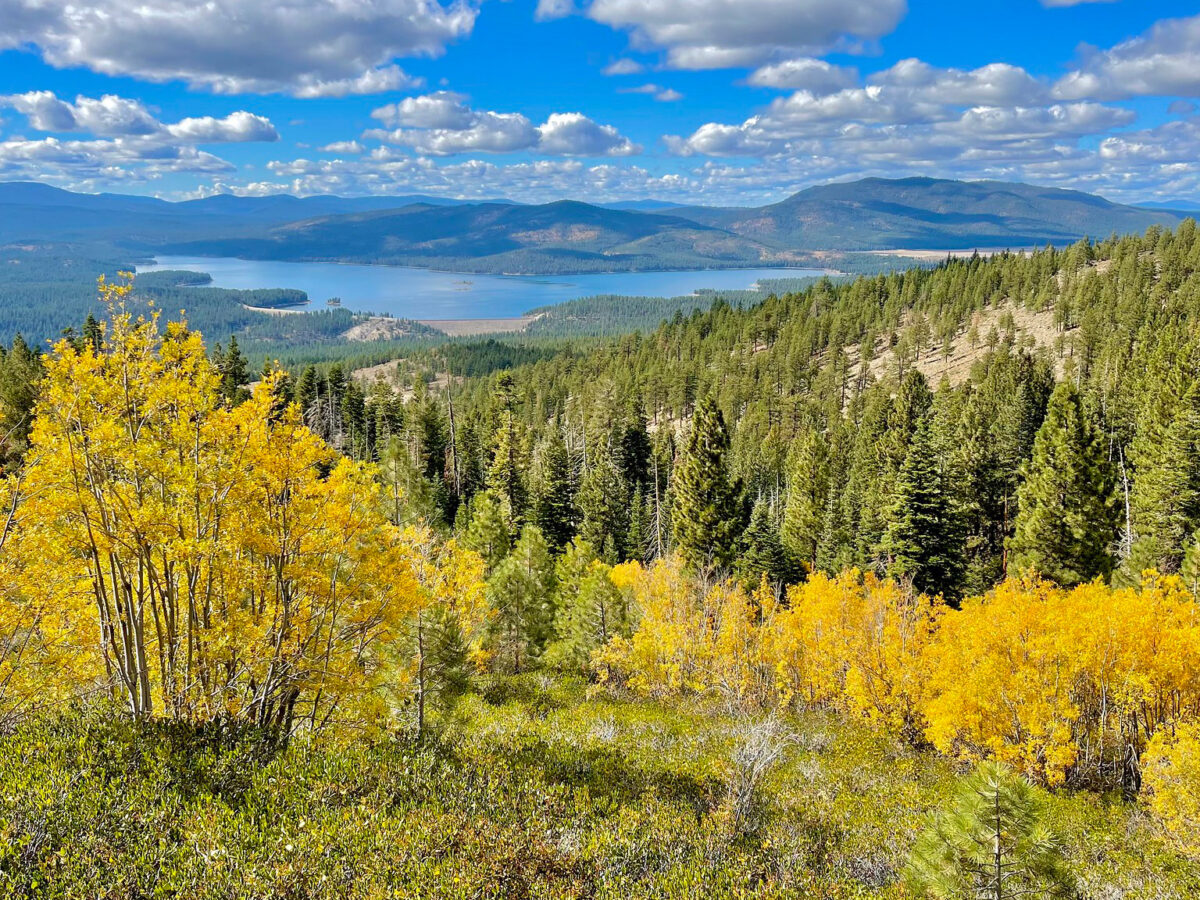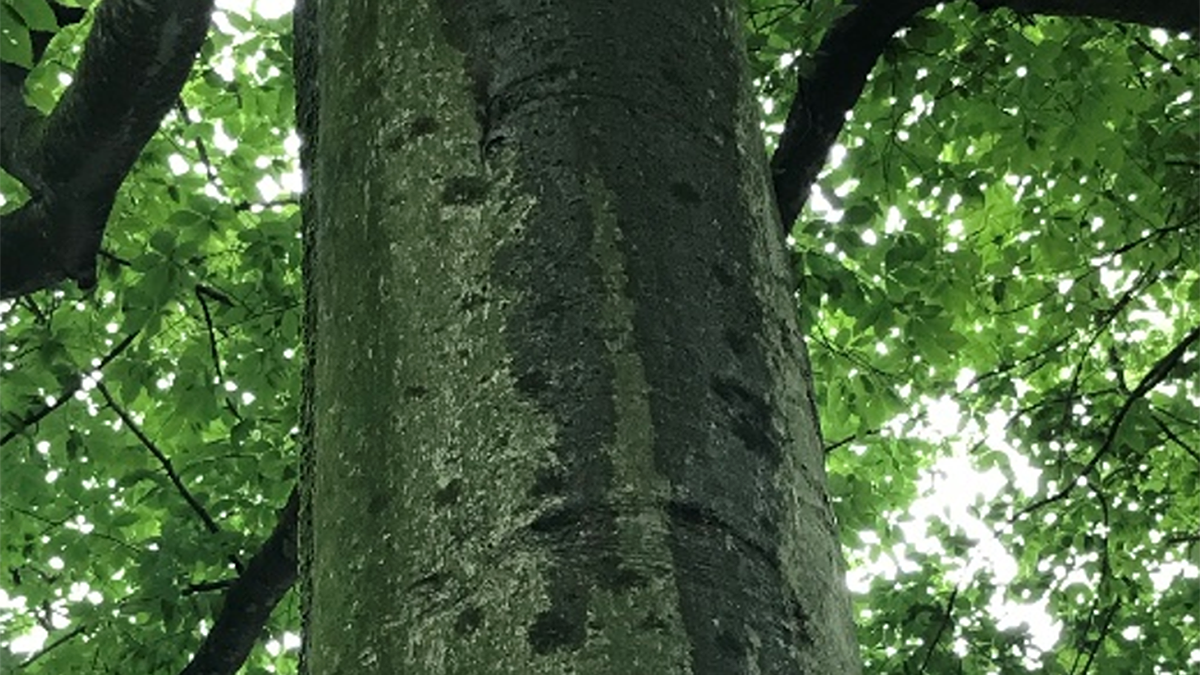In places with lots of glass waste, sand made from recycled material could be another tool in the coastal restoration toolbox.
trees
California Schools Are Feeling the Heat
Even though trees help keep children safe from the Sun, some school districts have lost 25% of their tree canopy in just 4 years.
98% of Gaza’s Tree Cropland Destroyed by Israel
Maps based on remote sensing analysis could inform remediation efforts by identifying whether agricultural lands were damaged by bombs, debris, or forced displacement of its caretakers.
As CO2 Levels Rise, Old Amazon Trees Are Getting Bigger
New data show resilience among the rainforest’s giants, though scientists warn that nutrient limits and rising heat could end the trend.
How Plant-Fungi Friendships Are Changing
A new framework shows how much carbon plants allocate to their endosymbionts and how that amount might change in the face of warming soil and rising carbon dioxide levels.
Old Forests in the Tropics Are Getting Younger and Losing Carbon
New research quantifying the global impact of forest age transitions found that 140 million tons of aboveground carbon are lost per year because of old-growth forests being replaced by younger stands.
Droughts Sync Up as the Climate Changes
A new study reconstructs roughly 800 years of streamflow history in India’s major rivers, showing an increase in synchronous drought linked to anthropogenic climate change.
Primera evaluación a nivel de especies revela riesgo de extinción en Mesoamérica
El 46% de las especies arbóreas de Mesoamérica se encuentran en peligro de extinción. Investigadores esperan que un nuevo estudio regional provea información acerca de estrategias de conservación específicas.
USDA Moves to Rescind Roadless Rule Protecting 45 Million Acres of Wild Area
The U.S. Department of Agriculture (USDA) is proposing rescinding the 2001 Roadless Area Conservation Rule, which protects about 45 million acres (182,000 square kilometers) of National Forest System lands from road construction, reconstruction, and timber harvests.
Waterworks on Tree Stems: The Wonders of Stemflow
Stemflow hydrodynamics offers rich physics that seeks to describe water and matter cycling within the atmosphere-biosphere-geosphere with implications for water resources planning.

